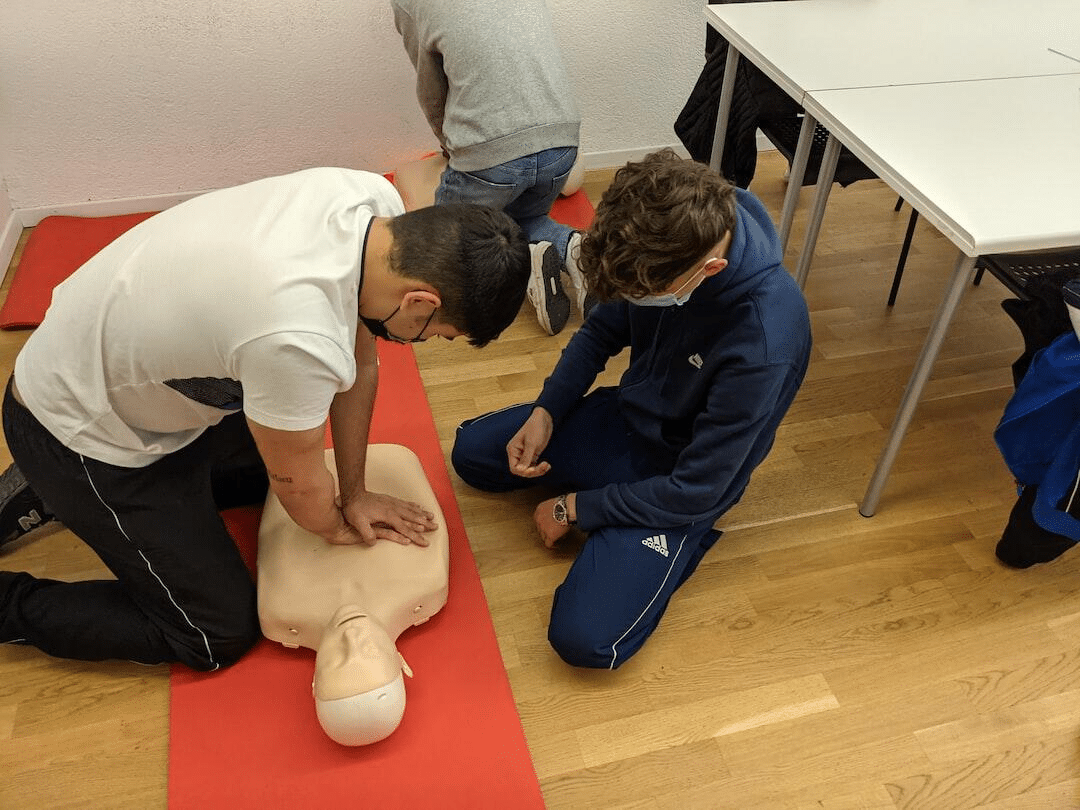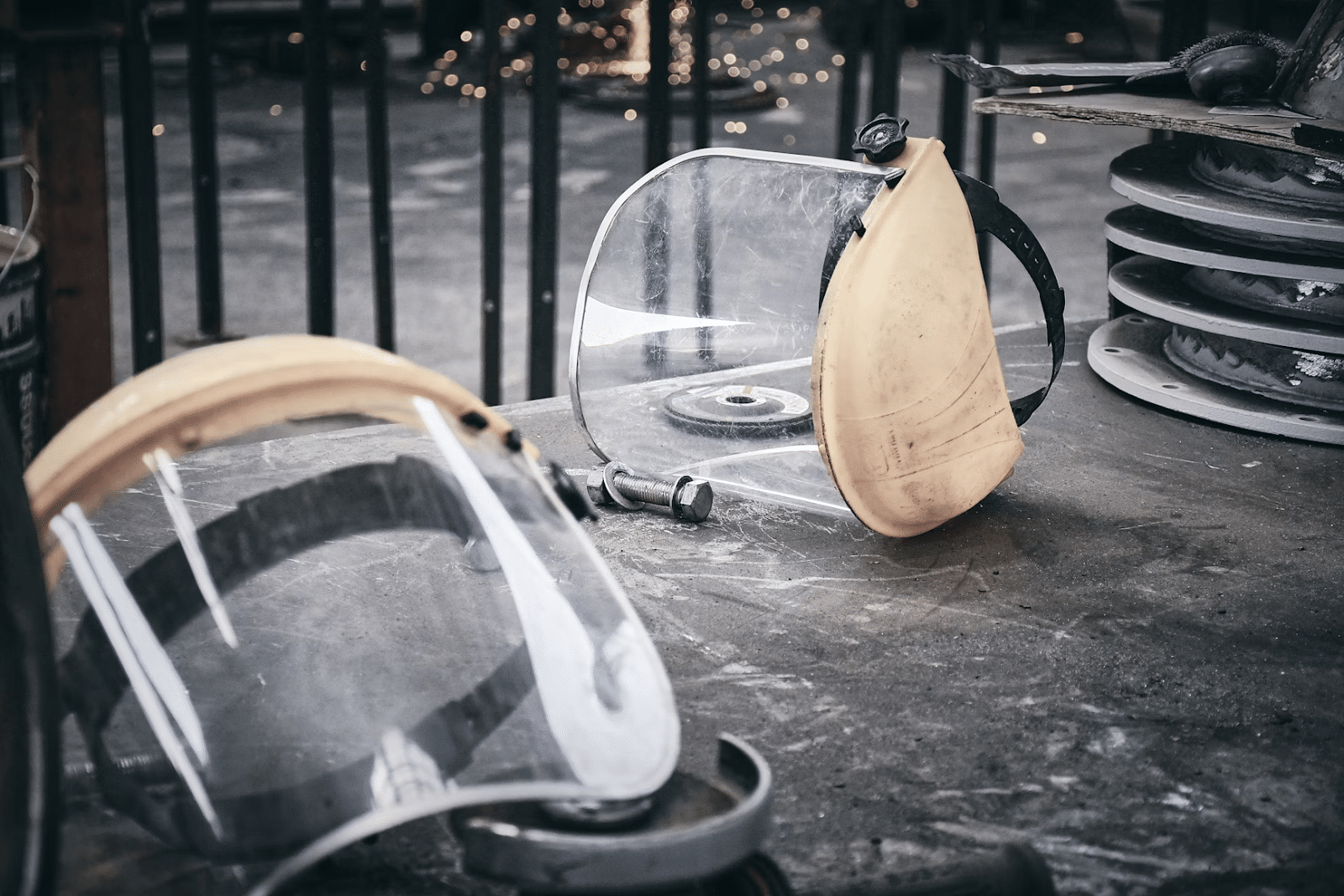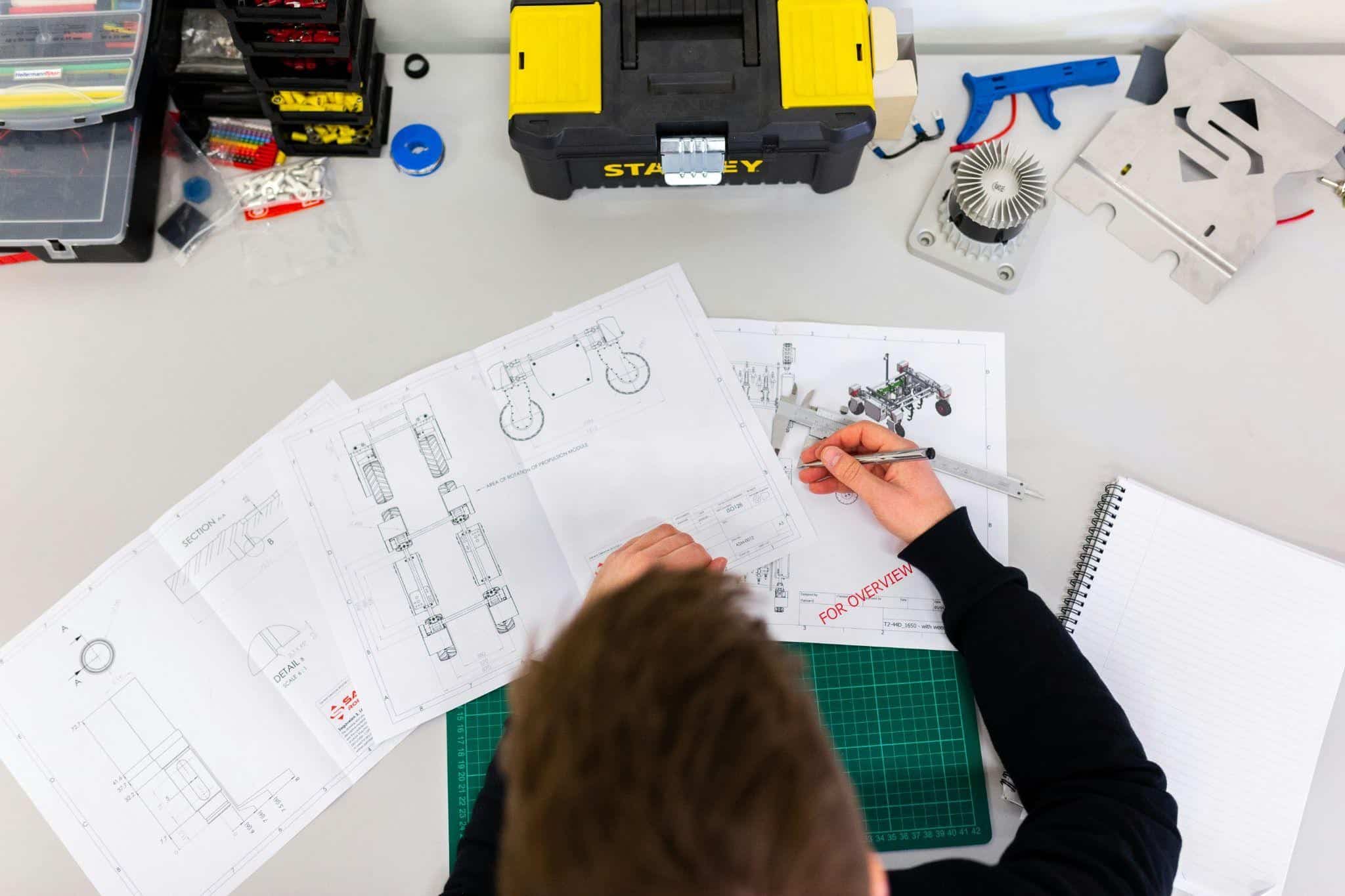LED Video Wall vs. Projector: Which Should You Rent for Events?


Choosing between a projector and an LED video wall is one of the most consequential AV decisions you’ll make for an event. The right choice can sharpen your message, hold attention in imperfect lighting, and simplify your production. The wrong one can wash out under venue lights, complicate camera shots, or burn budget where it doesn’t return value. As an audio-visual production and rental team that also supports webcasting and livestreaming, we’re often asked: “Which is better for my event?” The honest answer is it depends—on your venue, content, audience size, and goals. For many modern programs, an LED video wall rental delivers the clarity and punch needed when you can’t control the light or when cameras are rolling.
TL;DR: Quick Decision Snapshot
- Pick an LED video wall if the room is bright, you need an eye-catching seamless canvas, you’re filming/streaming, or stage design is part of the experience.
- Pick a projector if you can reliably dim the room, want a very large image on a friendlier budget, or are running slide-forward sessions without heavy ambient light.
If both seem viable, use the factor-by-factor guide below to avoid surprises.
LED Video Wall Rental: When It’s the Right Choice
If your program lives in the real world of mixed lighting, fast turnarounds, and camera-ready branding, LED often wins on outcome. Because each pixel emits its own light, LED keeps contrast and color intact even with house lights up or daylight spilling into the venue. You also get a seamless canvas—no bezels, no projector shadows, no throw path to guard—which keeps stage traffic and camera positions flexible. Creatively, modular panels let you build curves, ribbons, or immersive backdrops that double as scenic design.
Use this section’s heading phrase as your anchor text to link to your service page. It’s a logical, high-priority placement that signals relevance to both readers and search engines without sounding promotional.
Projector Rental: When It Makes Sense
Projection remains a smart, elegant solution when the room can go dark and you want size-per-dollar efficiency. Modern laser projectors are bright, color-stable, and lamp-free. With the right lensing and screen, you can deliver a huge image that looks cinematic in a controlled environment. In multi-room conferences, projection also scales well for numerous breakouts where budgets need to stretch.
How Both Technologies Actually Work
LED video walls, explained
A wall is built from interlocking LED panels. Each pixel is an LED (or cluster) that emits light. Brightness is measured in nits. The “pixel pitch” (e.g., 1.5mm, 2.6mm, 3.9mm) tells you how densely pixels are packed—smaller numbers look sharper at closer distances. High refresh rates make LED camera-friendly for IMAG and livestreams.
Projection, explained
A projector throws light onto a screen. Brightness is measured in lumens, and actual on-screen performance depends on screen size, gain, throw distance, and ambient light. Laser light engines reduce maintenance and keep color/brightness more consistent over time. You can front-project (simpler rig, but watch for shadows) or rear-project (no shadows, but needs backstage depth).
The Six Factors That Should Decide It
1) Ambient Light & Control
If you can’t count on a dark room, LED is safer. Because it emits light, it resists washout and keeps blacks black. Projection excels when you can dim and keep it dim. A keynote with house lights at 60–80% for note-taking? Lean LED. A theater with total blackout? Projection can shine.
2) Viewing Distance, Size, and Pixel Pitch
For LED, match pixel pitch to your nearest seats and camera plans. Tight rooms and close seating favor 1.5–2.6mm. Larger rooms can comfortably use 3.9mm or similar. For projection, consider screen size versus resolution; a 1080p or 4K laser projector on an appropriately sized screen can look superb when the room is dark.
3) Content Type
- Text-heavy slides, charts, fine UI demos: LED holds edge definition even under stage wash. Projection can too—if you dim.
- High-motion branding, product reveals, or media-rich sessions: LED’s contrast and saturation pop.
- Cinema-style playback in dark rooms: High-end projection can feel cohesive and natural, with excellent colorimetry on good screen material.
4) Stage Design & Footprint
Projection needs throw distance and a clear beam path—consider where cameras sit and where talent moves. Rear projection solves shadows but eats backstage space. LED eliminates throw, enabling tight stages, curved canvases, and scenic integration without beam-path stress.
5) Budget & Total Outcome Cost
Unit rates don’t tell the full story. Projection may require drape to tame ambient light, specialized lenses, and extra time protecting the beam. LED may require rigging points, ground supports, and dedicated power. The most cost-effective choice is the one that achieves your intended audience and camera outcome without masking compromises elsewhere.
6) Setup Time, Reliability & Risk
LED is a build: assemble, rig or ground-support, power, and calibrate. Once up, it’s stable, bright, and easily serviceable at the panel level. Projection rolls in quickly, but alignment and environmental changes (light leaks, beam obstructions) are ongoing considerations. Both are reliable with a good plan; they just concentrate risk in different places.
Special Cases You Should Consider
Hybrid events and livestreams
Cameras love consistent backgrounds and high refresh rates. LED makes moiré management and flicker avoidance easier when pixel pitch and camera settings are coordinated. Projection can look great on camera too, but you’ll work harder to control hotspots and maintain contrast with audience lights on.
Outdoor or daylight-exposed venues
If sunlight is a factor, LED is almost always the pragmatic path. Projection outdoors is viable after dark; before that, physics fights you.
Trade shows and brand activations
You usually can’t dim expo halls, and you need to stop people in their tracks. LED’s daylight visibility and creative shapes draw traffic. Projection is still useful inside enclosed booths where you control light or need ultra-wide aspect ratios rapidly.
Breakouts and training rooms
When the agenda duplicates across many rooms, projection can stretch budget while still looking excellent in controlled light. For a flagship breakout with recording and photography, a compact fine-pitch LED wall can justify itself in clarity and camera-readiness.
Specs That Actually Matter (and How to Read Them)
Brightness: nits vs. lumens
LED nits indicate emitted light; projectors’ lumens indicate output before screen/environment losses. If the room is bright or the screen must compete with stage wash, nits (LED) give you headroom. In a blackout scenario, lumens can translate to a huge, beautiful picture at lower cost.
Pixel pitch and resolution
Smaller LED pixel pitches look cleaner up close; they cost more because they contain more LEDs per square meter. Projection resolution is fixed (1080p, WUXGA, 4K), so choose a screen size that keeps pixels dense enough at your nearest seats. Ask for a simple “first-row distance vs. pixel pitch/resolution” check during pre-production.
Refresh rate, color, and contrast
Modern LED panels have high refresh rates that pair well with cameras; many support HDR-style processing for punchy highlights and deep blacks. Projection in a dark room can meet or exceed color accuracy needs, particularly with quality laser engines and screens that match your environment.
Aspect ratios and canvas design
Both LED and projection can do 16:9, 21:9, or custom canvases. LED requires planning the panel map to your pixel space; projection requires selecting the right screen and playback. If you’re streaming or recording, decide your primary aspect ratio early and align graphics, lower thirds, and screen real estate accordingly.
Noise, heat, power, and rigging
LED power supplies are usually remote-mounted or baffled; acoustic impact on stage is minimal. Large projectors have fans—place them away from audience and mics. LED can demand more power and rigging capacity; projection often pulls less power, but big lasers still need planning. Share a power one-line and rigging plot with your venue early.
Cost Scenarios Without Guessing Numbers
Bright ballroom with 800–1,200 attendees and cameras
LED typically reduces compromise: slides remain readable with house lights up, skin tones balance cleanly against the background, and your livestream doesn’t suffer from low contrast.
Darkened theater with a single large canvas
Projection can deliver a stunning, expansive image on a friendlier budget. Put time into lensing and alignment and guard the beam path from scenic elements.
Trade show booth facing hall lighting
LED pays for itself in visibility and creative form factors. Column wraps, header ribbons, or a clean 16:9 wall give you motion and color your graphics team can exploit.
Multi-room training with tight turnaround
Projection scales more economically across many rooms. In your main track, consider upgrading to LED if you’re recording or expect heavy photography.
A Practical Planning Checklist
- Venue control: Can you dim reliably? What’s the ceiling height, rigging, and window coverage?
- Audience geometry: Nearest/ furthest seat distances; any standing audience zones.
- Content mix: Slides vs. video vs. live demos; branding colors that must pop; any interactive or widescreen formats.
- Camera plan: IMAG, recording, livestream platforms, aspect ratio, lower-thirds needs.
- Stage design: Scenic elements, LED integration, or screen placement that affects line of sight and throw.
- Power and logistics: Available circuits, distro needs, load-in constraints, freight elevator, union rules.
- Budget priorities: Where impact matters most (main stage vs. breakouts vs. expo presence).
Real-World Examples That Map to Decisions
Executive keynote with media reveals and livestream
LED earns its keep by staying vivid with lights up and playing nicely with cameras. You’ll also avoid last-minute compromises when the director asks for brighter audience looks.
University lecture series in a lecture hall
Projection is efficient and looks clean when the room goes dark. Text legibility is excellent with a properly sized screen.
Atrium product demo at midday
Ambient light is non-negotiable; LED wall all the way. You’ll maintain contrast for in-person attendees and any B-roll capture.
Community film night after sunset
Projection brings a classic, immersive feel. With a proper screen and a well-positioned projector, it’s a cost-effective crowd-pleaser.
The Bottom Line
If your event must compete with ambient light, appear flawless on camera, or double as stage design, LED is often the right canvas. If you control the room and want size per dollar across one or many rooms, projection remains a proven, elegant tool. When in doubt, request two versions of the same plan—one LED, one projection—mapped to your venue drawings, viewing distances, and content. The better fit usually becomes obvious on paper before anything rolls in









